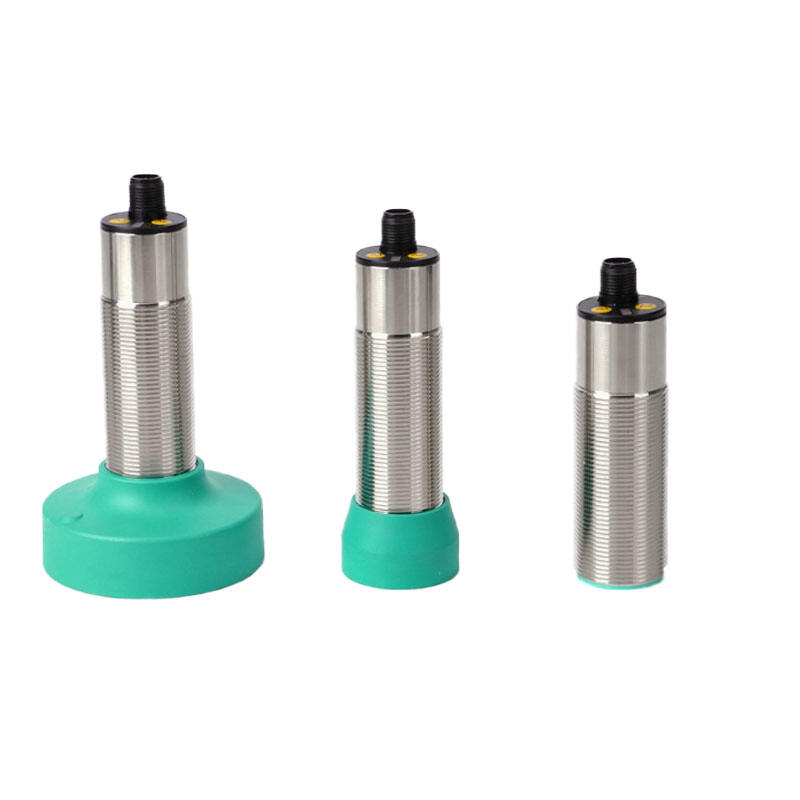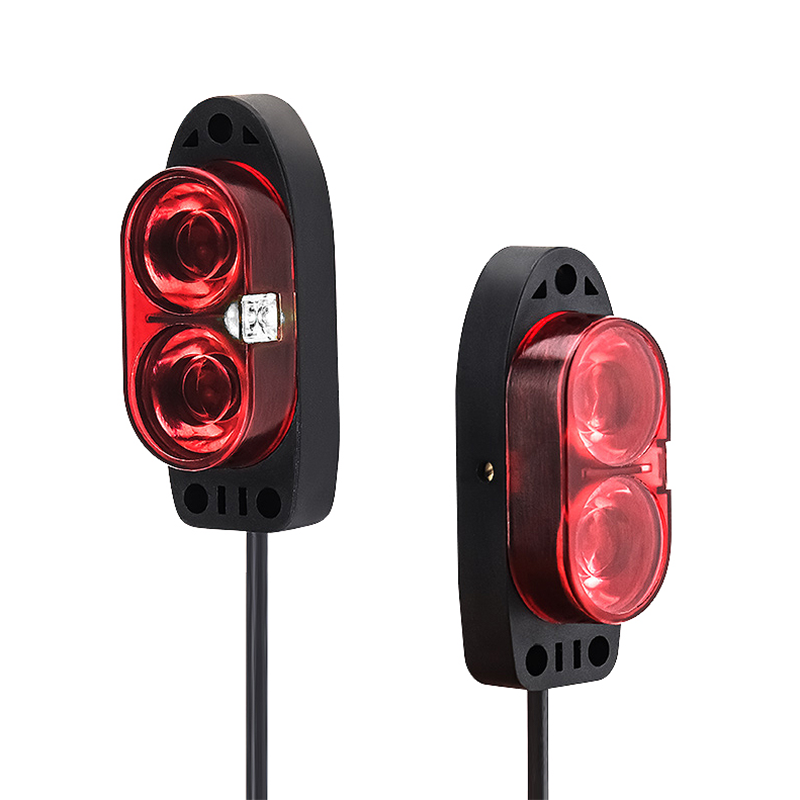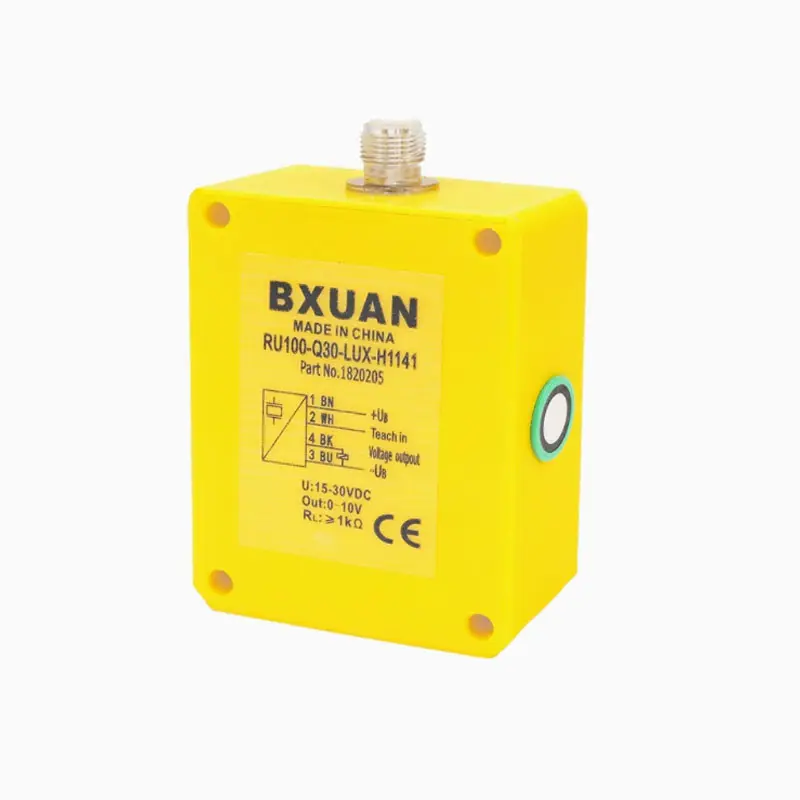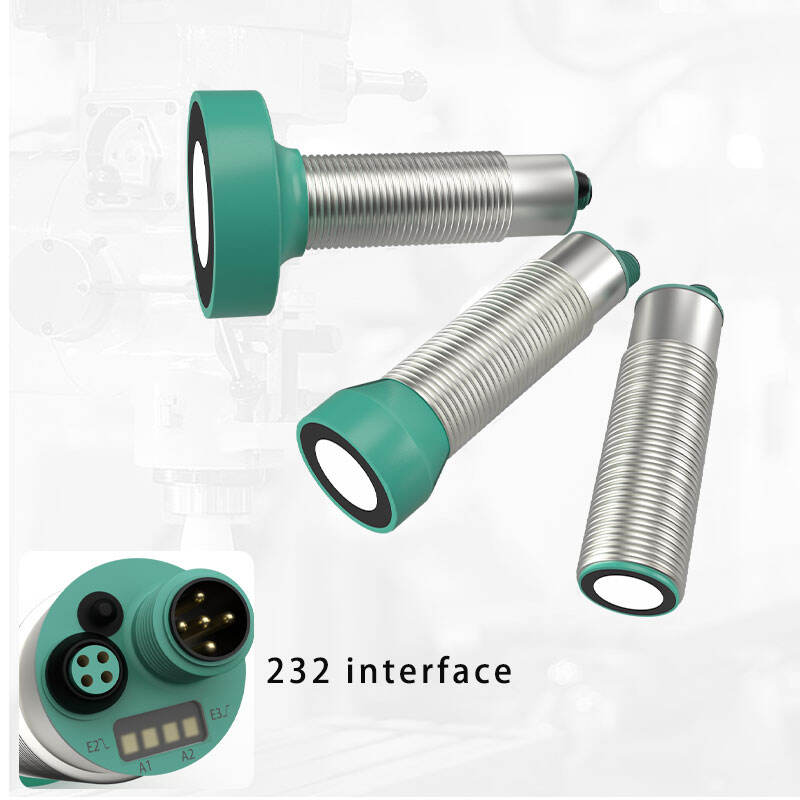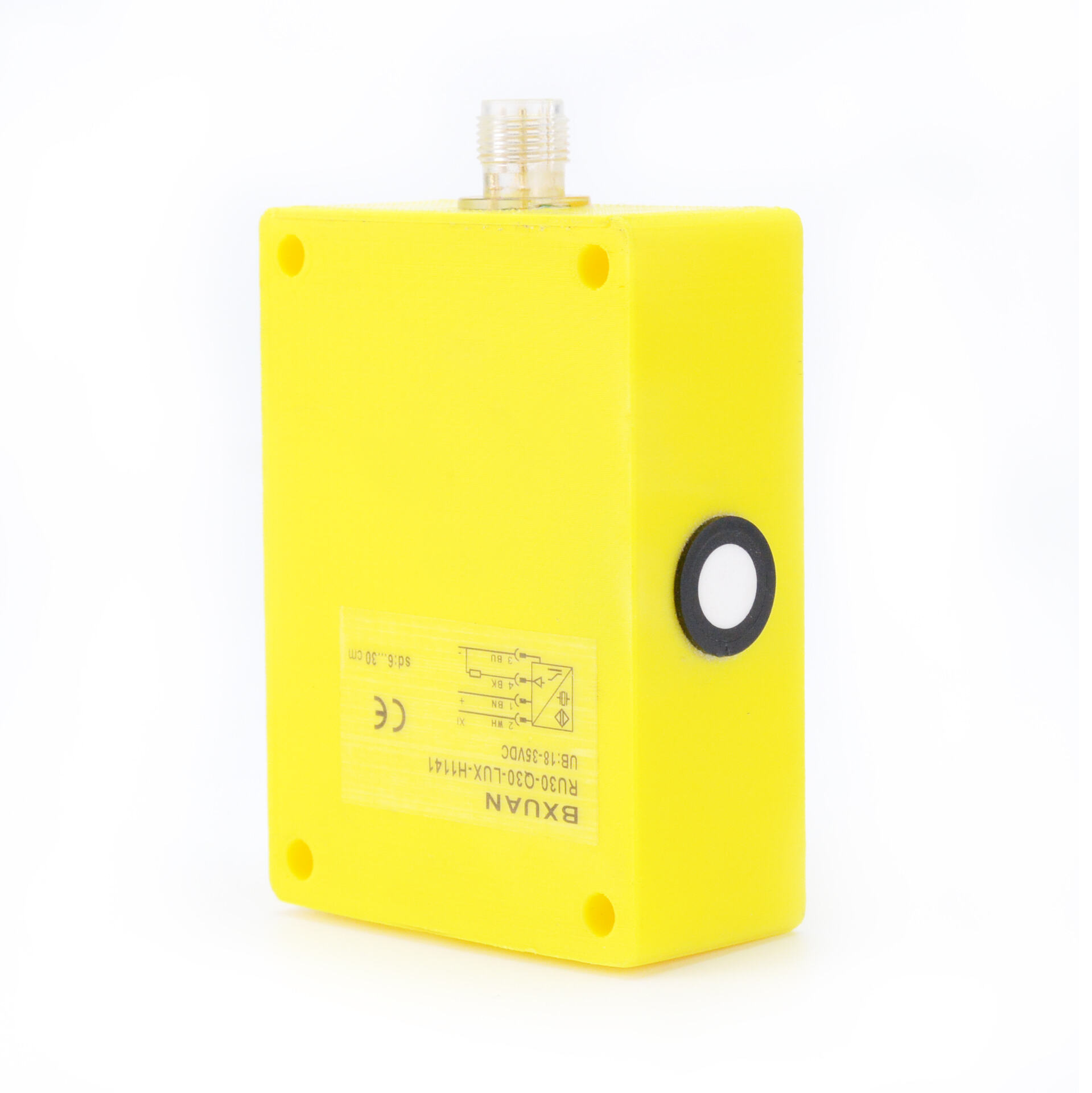photo reflexiver Sensor
Ein reflexartiger Lichtschranke ist ein hochentwickeltes elektronisches Bauteil, das eine Infrarot-LED und einen Fototransistor-Detektor in einem kompakten Gehäuse vereint. Dieser Sensor arbeitet, indem er Infrarotlicht aussendet und dessen Reflexion von nahegelegenen Objekten detektiert, wodurch er zu einem unverzichtbaren Werkzeug für präzise Abstandsmessungen und Objekterkennung wird. Der Sensor funktioniert nach dem Prinzip der Lichtreflexion, bei dem die Intensität des reflektierten Lichts je nach Abstand und Oberflächeneigenschaften des Zielobjekts variiert. Wenn sich ein Objekt in den Erfassungsbereich des Sensors bewegt, wird das ausgesandte Infrarotlicht an der Oberfläche des Objekts reflektiert und gelangt zurück zum Fototransistor, der das Licht dann in ein elektrisches Signal umwandelt. Dieses Signal wird verarbeitet, um das Vorhandensein des Objekts sowie dessen ungefähren Abstand zu bestimmen. Moderne reflexartige Lichtschranken verfügen häufig über fortschrittliche Funktionen wie Umgebungslichtunterdrückung, Temperaturkompensation und einstellbare Empfindlichkeit, um einen zuverlässigen Betrieb unter unterschiedlichsten Umgebungsbedingungen sicherzustellen. Diese Sensoren finden breite Anwendung in der industriellen Automatisierung, der Unterhaltungselektronik, der Robotik und in Sicherheitssystemen, wo ihre kompakte Bauform, kurze Ansprechzeit und berührungslose Messfähigkeit sie besonders wertvoll für Anwendungen machen, die eine präzise Objekterkennung und Abstandsmessung erfordern.

